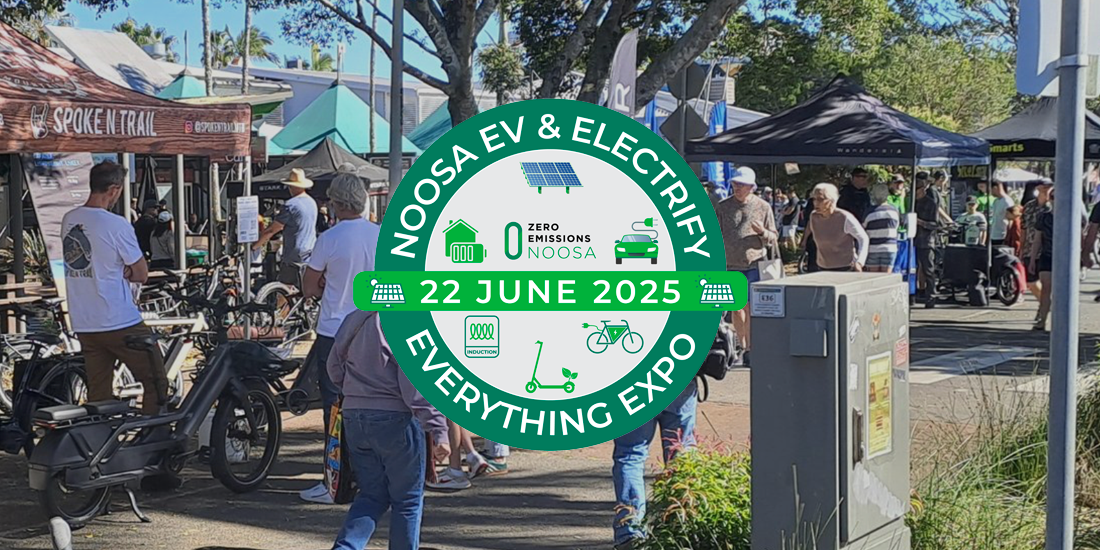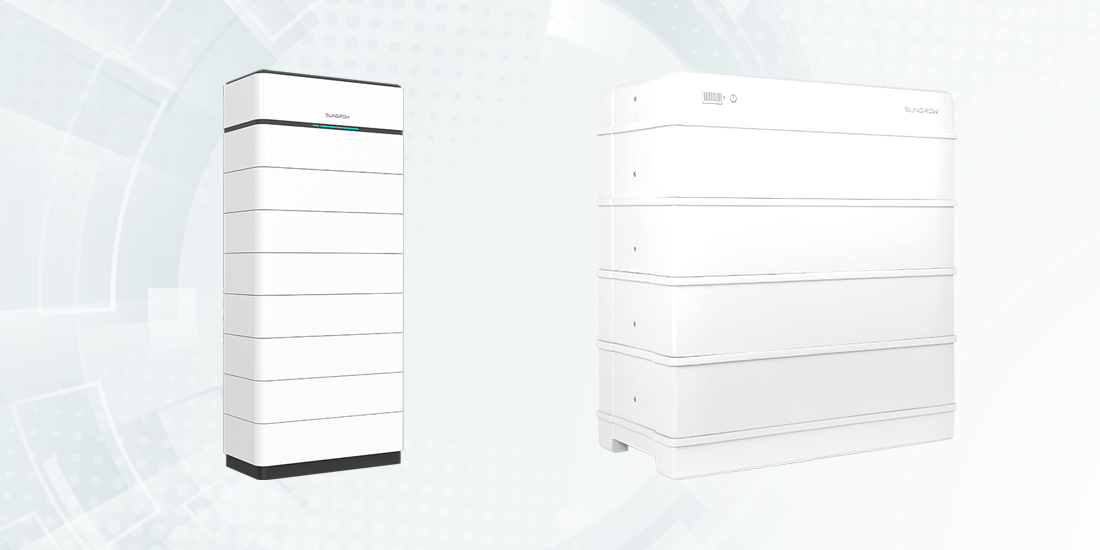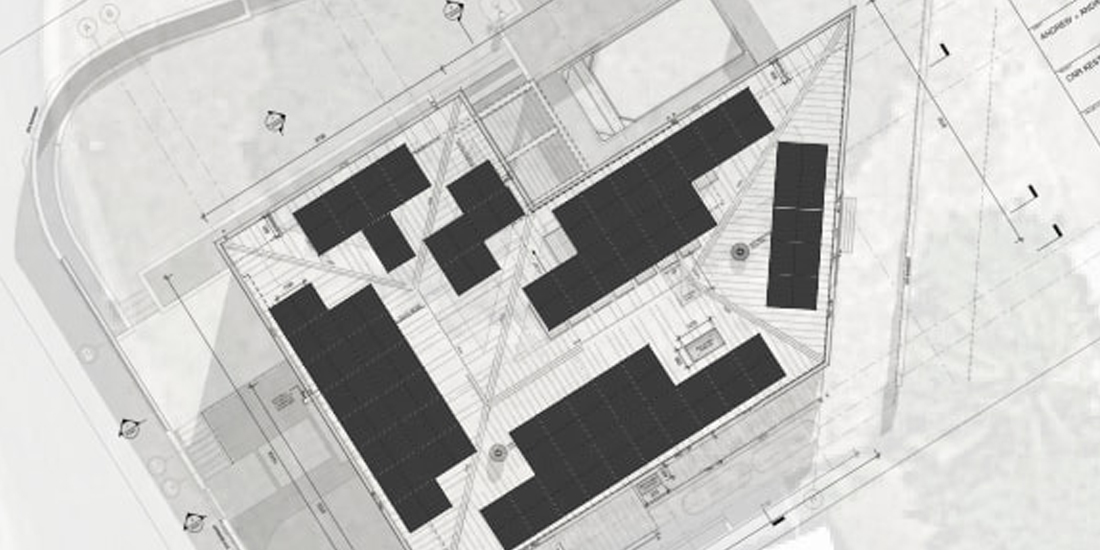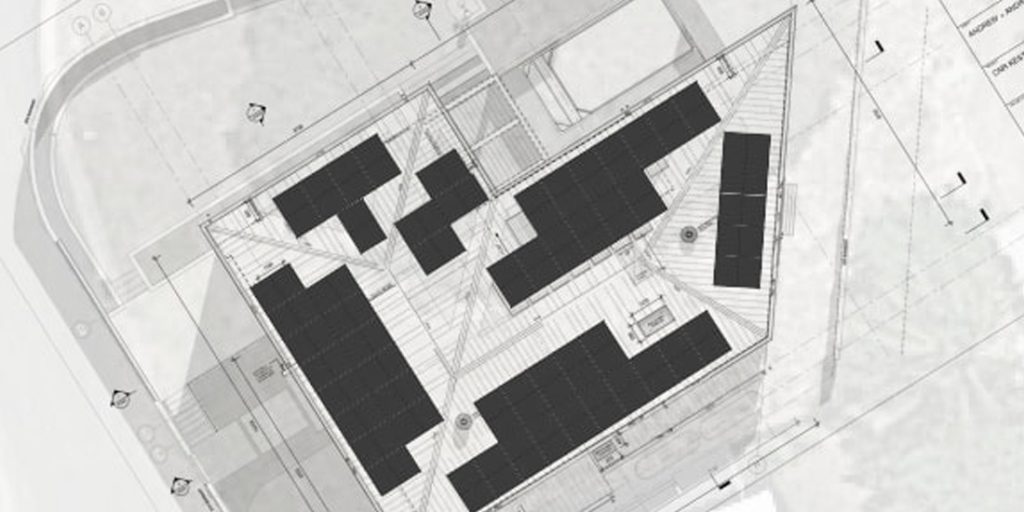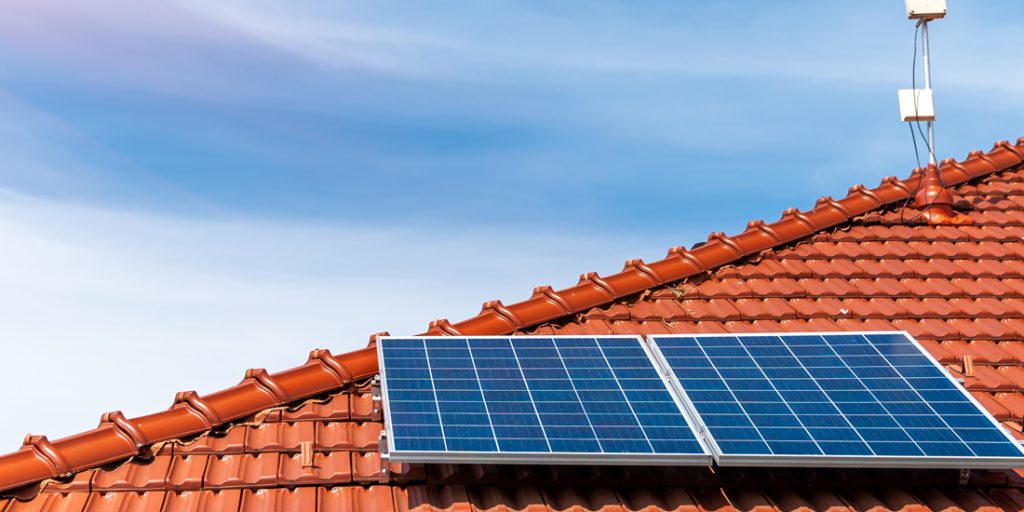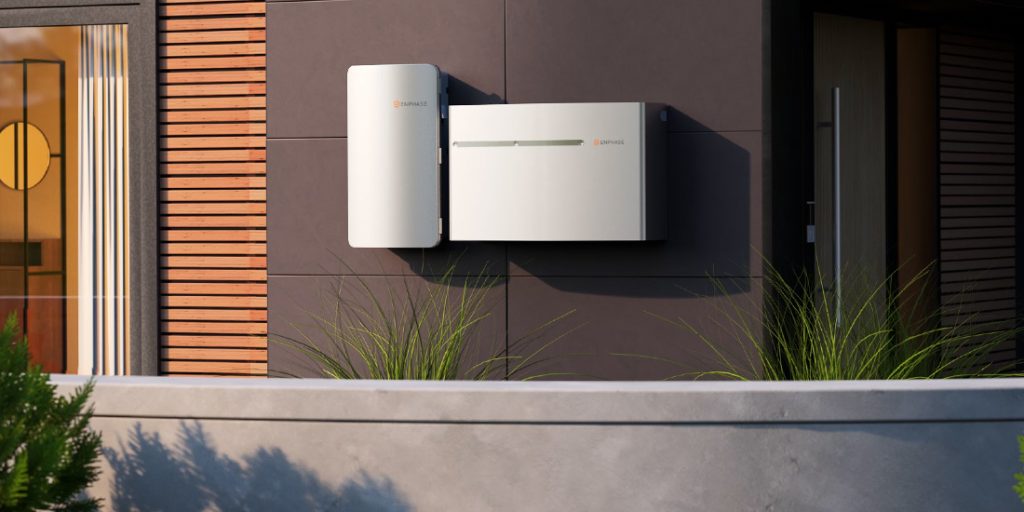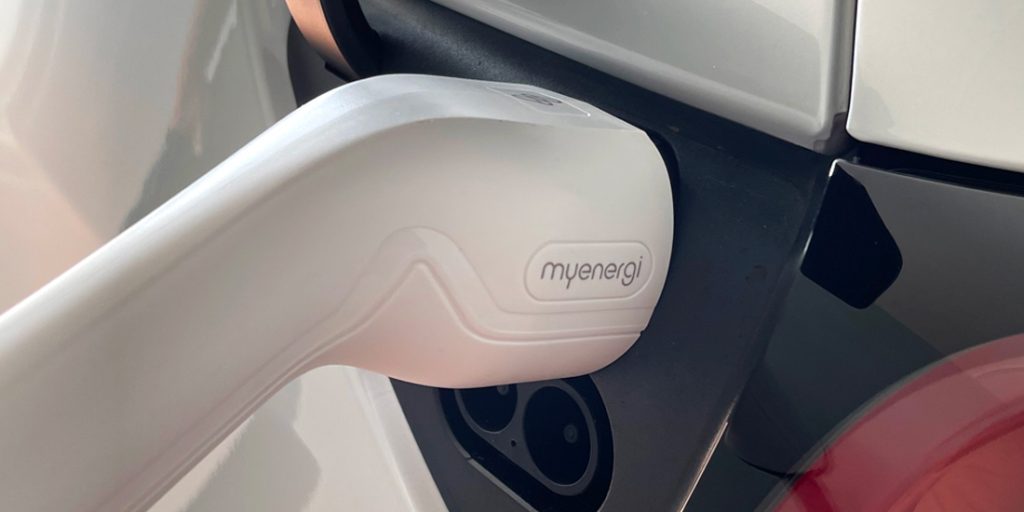Are you keen to take advantage of solar power for your home or business? We are excited to offer our range of high-quality solar solutions to homes and businesses in Noosa and surrounding Sunshine Coast suburbs. With 50+ years of service in the area, Noosa Electric Co. is here to support you with a long-term solar solution to take you into the future. Take full advantage of solar power and achieve energy independence while helping to reduce carbon emissions in line with local and national goals. Talk to our team for a free assessment and get a quote for your solar today!
HOME BATTERY SUBSIDY
Interested in learning more about the home battery subsidy? We’re ready to support homes in our area of operations. Learn more about the subsidy here.
EV & Electrify Everything Expo June 22
Drop in and see us at the EV & Electrify Everything Expo for the second year in a row, happening on June 22 at Noosa Junction.
Home Battery Subsidy
If you’re considering a battery for your home or business, now is a great time to take action with the new government’s Home Battery Subsidy.
Solar Design
Learn about our solar design process. We help you determine the best solar approach for your home or business, and provide a free consultation and quote.
Getting Started with Solar
There a multiple considerations to take into account when you’re appraising a solar solution for your home or business, but don’t worry – we are here to help. Simple book a free consultation with our team, and we’ll help you design an approach to your solar.
Learn About Solar Solutions
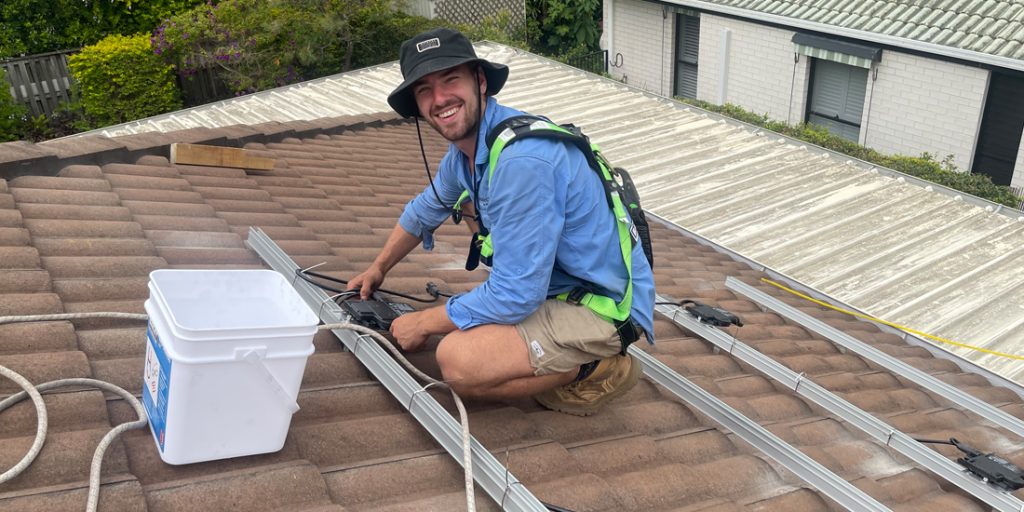
Solar Performance: Learn how to get the most out of your solar solution.
Solar-Powered Extras

Energy Management: Make the most of your solar power with an energy management solution.
Solar Finance
To help with solar financing, we offer finance options (available with Handypay), and we’re here to help ensure you make the most of solar rebates. Learn more about solar finance.

Finance Options
Finance is available with Handypay. Learn more about finance options, or discuss finance with our team when you submit your solar enquiry.
Learn More About Solar Solutions
Solar can be confusing, but don’t worry – we are here to help. When we provide you with a quote, we assess your home, budget, and energy objectives to determine the best option to suit your needs. We keep you informed of the advantages of different approaches, so you can approach your solar installation with confidence and a thorough understanding.

